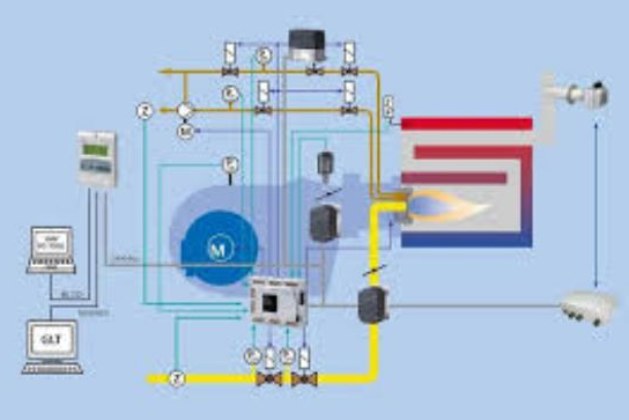At the heart of oil and gas industries, refining mills, petrochemical plants, manufacturing procedures, and many others, sits fired equipment. And while safety remains a prime consideration, it’s only one of the many when construing and designing a Burner Management System (BMS).
The details below will widen your understanding of the BMS for maximum safety and fail-safe operations in compliance to the laws and thus achieving a high-sense of reliability without compromising simple and easy operations.
Top 3 Considerations When Designing a Burner Management System
Safety
Once the safety requirements and codes have been decided upon, it’s mandatory for the requirements to be followed throughout the BMS. Tailor-made and safety rated control mechanisms have integrated functionality that simply can’t be altered which means compliance with the safety applications is a must. General equipment with non-built-in features may include implementation of logic for input/output checking, appropriate sequencing of the BMS operations, regulator time tracking and hardwired master chips and circuit networks ensuring all safety aspects are met.
Besides the BMS controllers, it’s important for all the devices being deployed on the field to be properly tested, qualified and rated as per the industrial guidelines. In addition, there’re many new technologies that can boost safety and reliability of your Burner Management System (BMS). Some of the manufacturers even provide safety valves that pass the stroke test to ensure security when it’s needed most.
Reliability
The core fired equipment gets attention when they’re shutdown unexpectedly. Taking all possible steps to understand flaws in working and design can help the system to run with maximum efficiency, reliability and service that’s uninterrupted. Most reliability concerns are elevated by BMSs field instrumentation and once a burner controller has been verified, faulty hardware accounts for minimal shutdown and greater reliability.
Use of proper flame detectors for the service or application to process appropriately is one key component. Understanding combustion characteristics for proper detection of the flame would see that the conditions are suitable for the system to work as desired whereas it helps remove all unnecessary obstacles that might hamper the process once conditions change.
Industrial equipment on the fuel skid and delivery system is correlated to longevity and reliability of the system and since these run for quite an extensive period of time between maintenance, it’s crucial for the instruments, valves and other specifications are of industrial grade for the intended service. Besides you would need to closely monitor the equipment for absolute stability and longevity with high levels of accuracy and supply of the right gas pressure to the burners.
Operation & Maintenance Convenience
Maintenance crew is responsible for commencement and shutting down the systems when they chose to or not. Lights and interfaces must be spontaneous to the operator concerning work sequences and operation of the BMS.
Just in case fragment or piece of the fired equipment shutdowns unexpectedly, it’s important for the maintenance team to identify, act vigilantly and have the system running instantaneously. ‘First Out’ alarm is one of the common methods of alerts and however critical the potential of lost and shutdown, it’ll be monitored and captured in the BMS controller and display unit.






Leave a comment